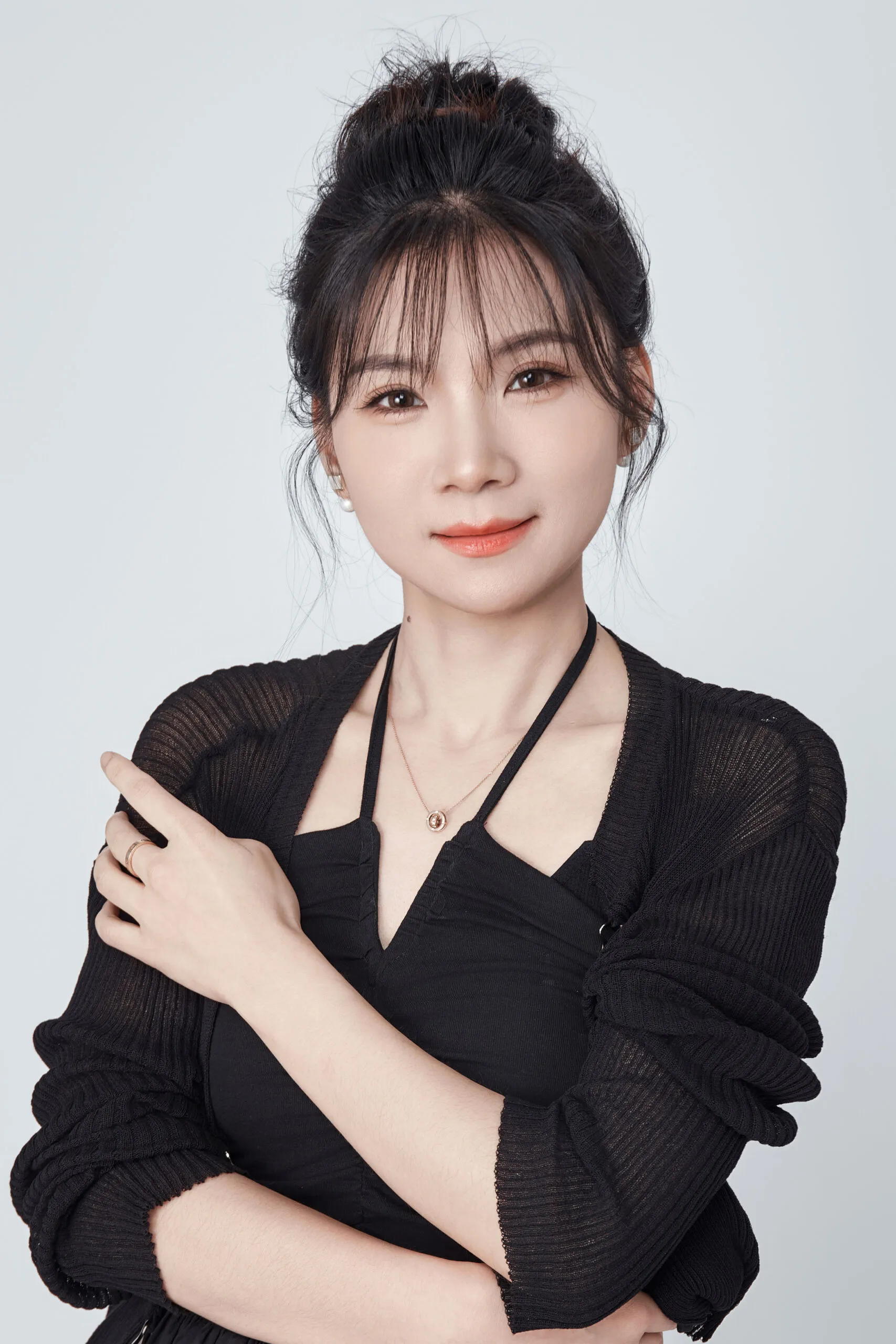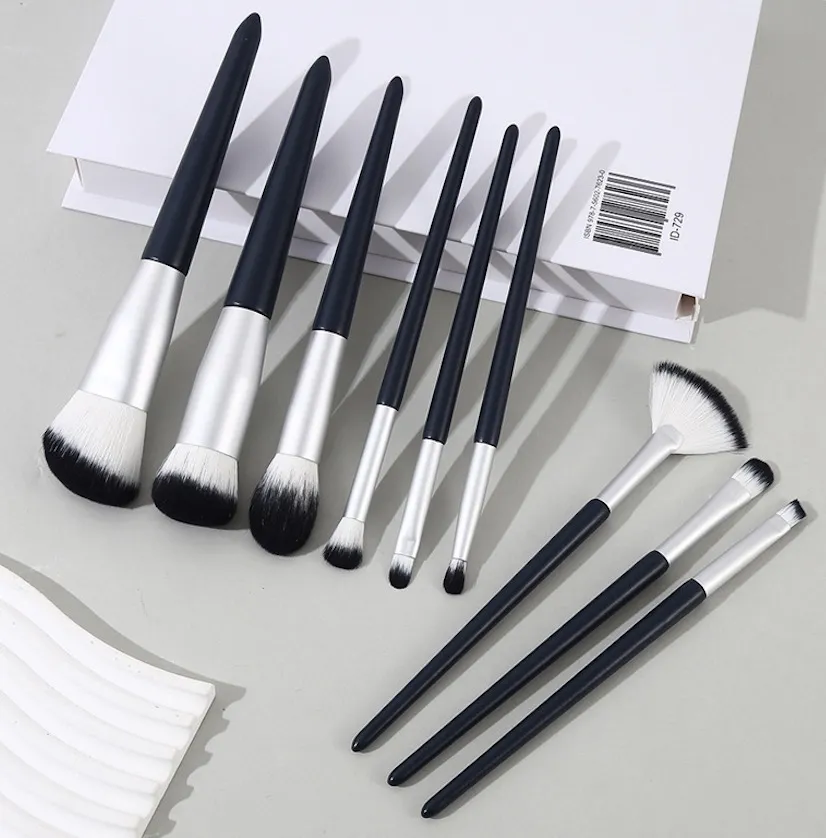Overwhelmed by endless brush choices and mixed reviews? You could waste money on poor-quality tools. I’ll guide you to the best brushes using real customer data and expert tests.
The best-reviewed makeup brushes in 2025 are Hourglass for foundation1, Sigma for sets, Patrick Ta for contour, and Real Techniques for value, winning for soft, dense bristles and reliable quality.
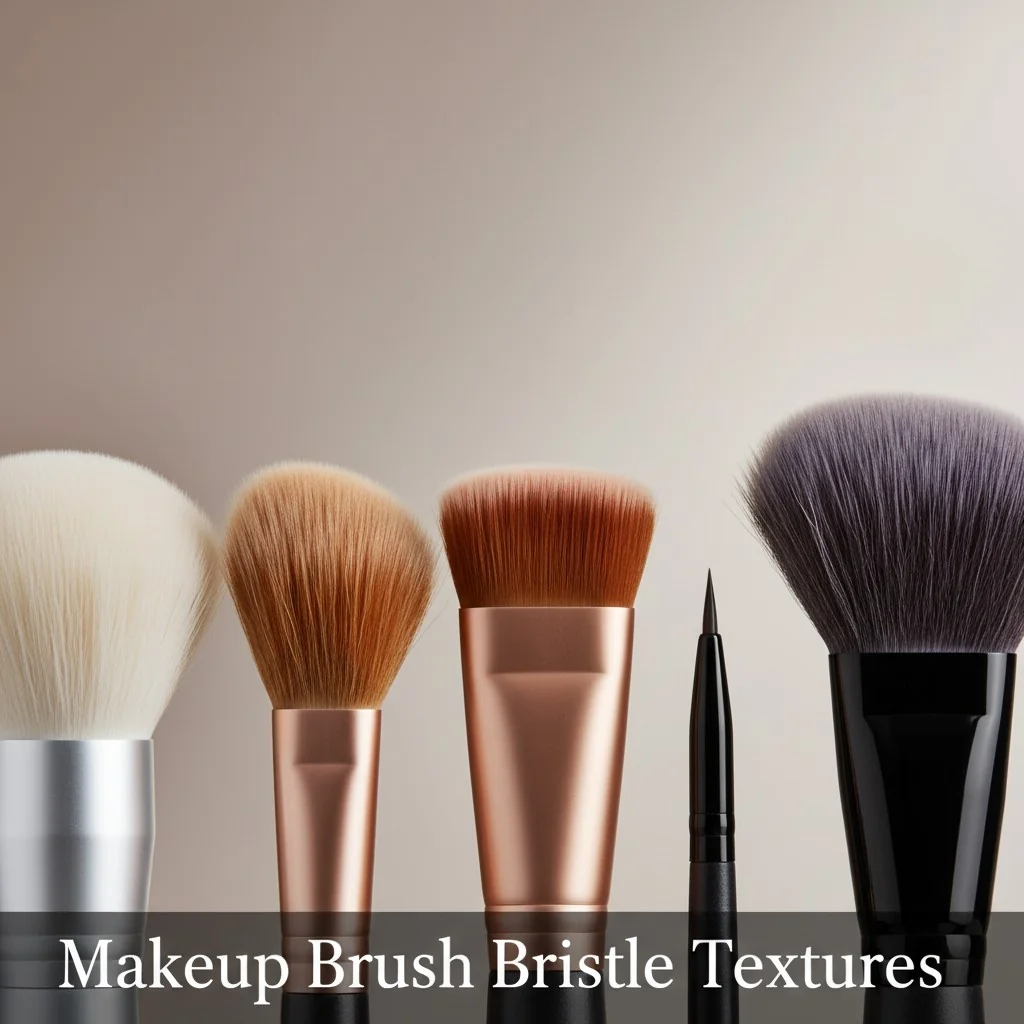
So, we know the top-rated brands. But as a brand owner, you need to know why they win. It’s not just about a single good review. It’s about consistent performance, smart material choices, and long-term value. I’ve spent years on the factory floor, and I see the details that make a brush a bestseller. Let’s break down what really matters, so you can make informed choices for your own brand or personal kit.
All expensive makeup brushes are made with natural animal hair.False
Many top-rated luxury brushes, like Hourglass, use high-performance synthetic fibers that outperform natural hair for liquid and cream products.
Wirecutter tested over 70 brushes for their 2025 review.True
According to their updated March 18, 2025 article, they started with over 70 brushes and sent more than 30 finalists to panelists for a six-month testing period.
Which brushes are the data-backed winners according to top reviews?
Tired of marketing hype clouding your judgment? You might buy a brush that looks good but performs poorly. Let’s cut through the noise with a scoreboard of true winners.
Across major outlets like Wirecutter, Byrdie, and Reddit, four brands consistently win: Hourglass for foundation, Sigma for sets2, Patrick Ta for contour, and Real Techniques for outstanding value. These are the data-backed champions.

When I analyze what makes a brush a "winner," I look for patterns across different reviews. It’s not just one editor’s opinion. It’s about consistent praise from experts and everyday users. Major testing sites like Wirecutter and Byrdie put dozens of brushes through months of rigorous, hands-on evaluation. They check for everything from application smoothness to how well a brush holds up after washing. Then, I cross-reference this with consensus from communities like Reddit, where real users share their long-term experiences. The same names appear again and again for a reason.
The Cross-Source Scoreboard
Here’s a breakdown of why these brands consistently earn top marks:
| Brand | Category Winner | Key Features | Avg. Star Rating | Price Band |
|---|---|---|---|---|
| Hourglass | Foundation | Angled, dense head minimizes streaks. Minimal fallout. Luxurious feel. | 4.7/5 | $$$ (Luxury) |
| Sigma | Brush Sets | Pro-grade build, weighted handles for control, consistently cut bristles. | 4.6/5 | $$ (Mid-Range) |
| Patrick Ta | Contour | Dual-ended design for precise sculpting and seamless blending. | 4.8/5 | $$$ (Luxury) |
| Real Techniques | Value/Budget | Grippy, matte synthetic fibers3. Lightweight aluminum ferrules. Great performance for the price. | 4.5/5 | $ (Budget) |
These brands master the fundamentals: great materials, smart design, and reliable construction. That’s the formula for a brush customers love and recommend.
Reddit users only recommend budget-friendly makeup brushes.False
While value brands like Real Techniques are popular, Reddit threads also frequently recommend pro-grade and luxury brands like Sigma, BK Beauty, and Hakuhodo for their durability and performance.
The Patrick Ta contour brush is popular because it's dual-ended.True
Reviewers consistently praise its dual-ended design, which allows for precise application with one side and effortless blending with the other, simplifying the contouring process.
What fiber tech do customers love, and how does it affect performance?
Confused by terms like "synthetic," "density," and "fallout"? The wrong brush fiber wastes product and ruins your application. I’ll simplify the tech behind a great brush.
Customers love modern synthetic fibers, especially for liquids and creams. Denser bristles give more coverage, while matte, grippy synthetics pick up powder better. A heavy handle also improves control.
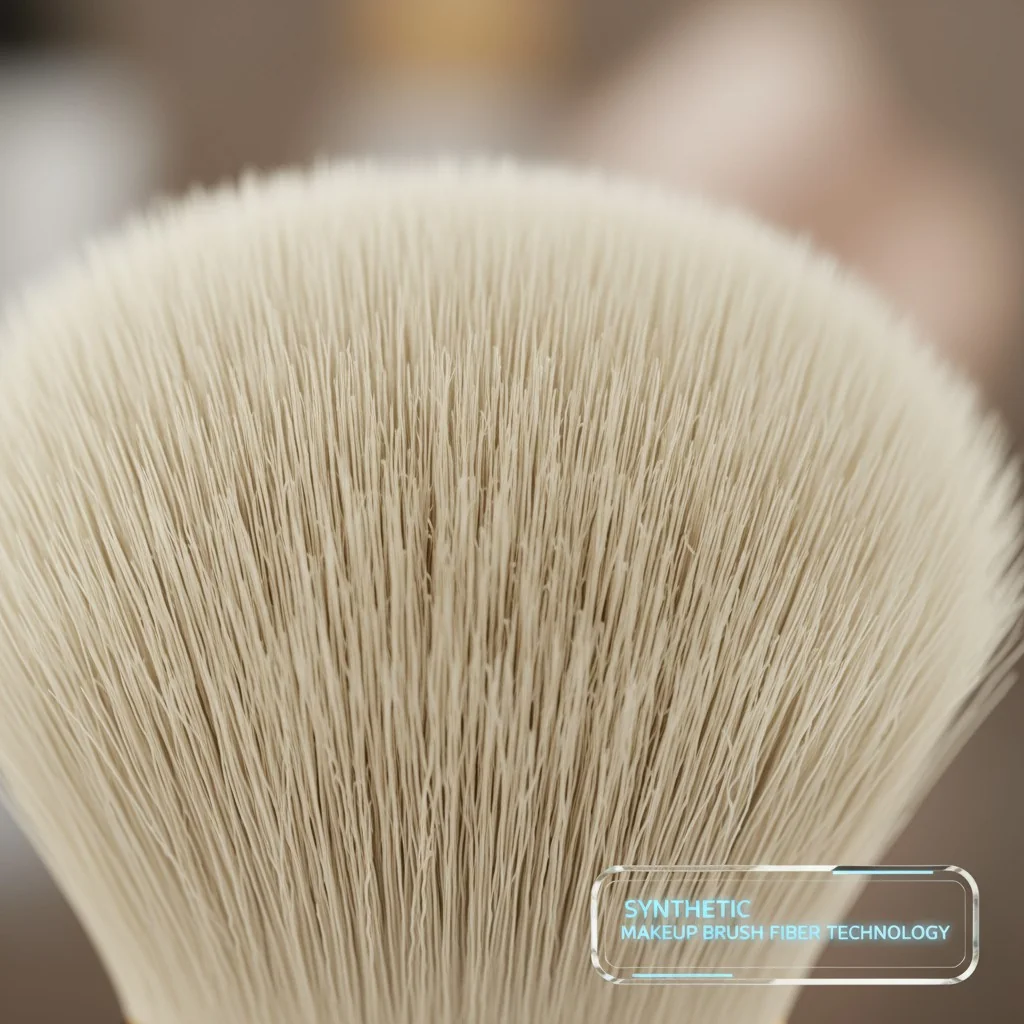
On the factory floor, I learned that the "feel" of a brush is pure science. The material, density, and even the texture of each bristle are chosen for a specific job. For years, "natural hair" was seen as the luxury standard. But today, high-end synthetic fibers are engineered to outperform them in many ways, especially for my clients who prioritize vegan and cruelty-free products.
Synthetic vs. Natural Fibers
Modern synthetics are my top recommendation. They are perfect for liquid and cream products because they don’t absorb the formula like porous natural hairs do. This means less wasted product and a smoother application. They are also easier to clean and more durable.
Density and Shape Matter
The way fibers are packed together (density) controls your coverage.
- high-density brushes4: Packed tightly, these brushes (like the Hourglass foundation brush) pick up and apply more product for full, even coverage.
- Low-Density Brushes: Fluffier and more flexible, these are for a light, sheer finish, perfect for setting powder or a wash of blush.
The Feel of the Fiber
Not all synthetics are equal. Avoid shiny, slick fibers—they often repel powder. The best synthetics have a matte finish and are "crimped," meaning they have a subtle texture that helps grip onto powders effectively. A heavier, well-balanced handle also gives you better control, a detail that pros and discerning customers always notice.
Shiny, smooth synthetic bristles are best for applying powder makeup.False
Actually, matte and subtly crimped synthetic fibers have better texture to grip and pick up powder products, while overly shiny and smooth fibers can cause the powder to slip off.
Denser brush bristles provide higher coverage.True
Densely packed bristles pick up and deposit more product onto the skin, resulting in a fuller, more opaque application compared to less dense, fluffier brushes.
How do you maintain brush hygiene and know when it’s time for a replacement?
Are your brushes causing breakouts or streaky makeup? Improper care ruins your tools and your skin. I’ll share a simple cleaning schedule and tell you when to replace them.
Clean face brushes weekly and eye/concealer brushes every 2-3 uses, especially with creams. Replace any brush when it starts shedding constantly, loses its shape, or the ferrule becomes loose.
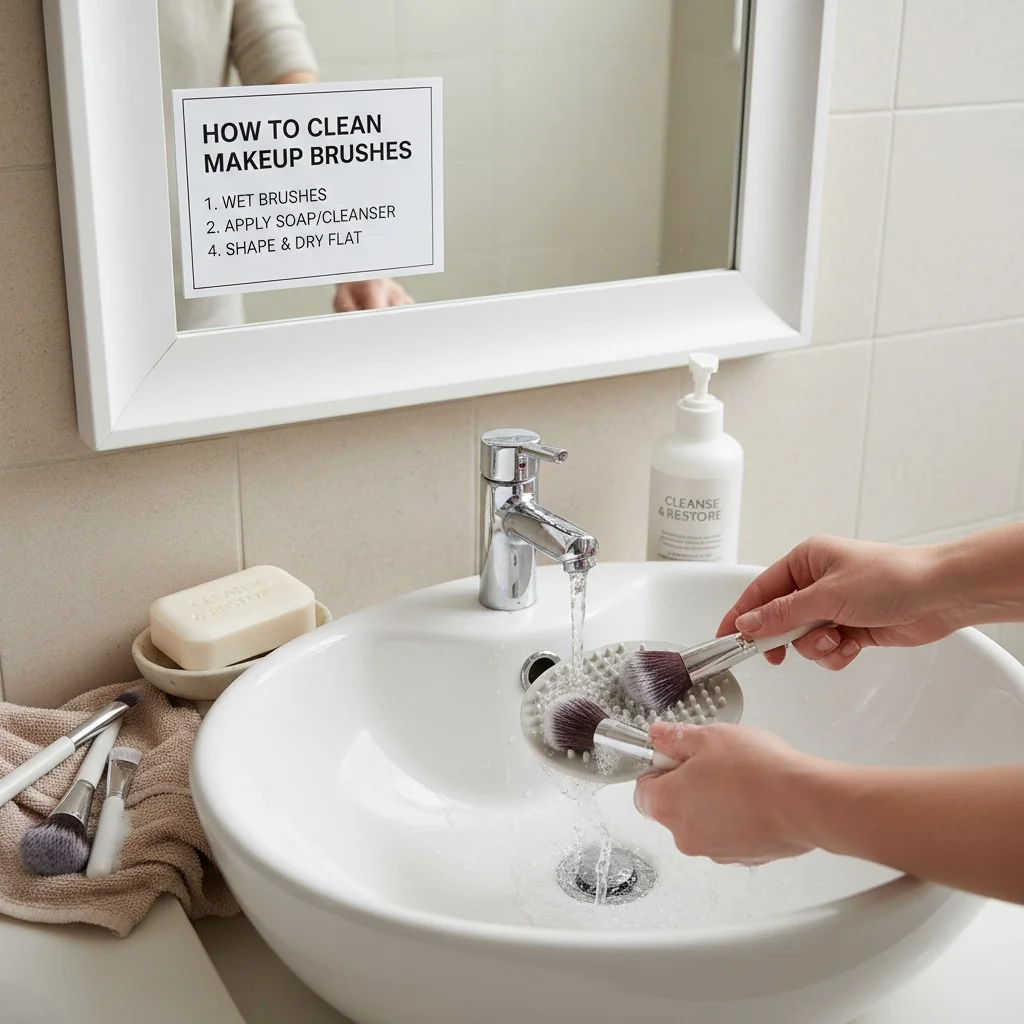
A high-quality brush is built to last, but only with proper care. From a manufacturing perspective, durability is a key goal. We test how ferrules hold up and how bristles resist shedding. But once a brush leaves the factory, its lifespan is in your hands. Good hygiene not only protects your skin from bacteria but also preserves the brush’s performance and shape. Think of it as protecting your investment.
Your Brush Care Checklist
1. Cleaning Cadence:
- Face Brushes (Foundation, Powder, Blush): Clean at least once a week. These cover large areas and can accumulate oil, dead skin, and bacteria.
- Eye & Concealer Brushes (with creams/liquids): Clean every 2-3 uses. Wet products are a breeding ground for bacteria, and you don’t want that near your eyes.
2. When to Replace:
It’s time for a new brush when you see these red flags:
- Constant Shedding: A few lost hairs are normal at first, but if it keeps happening after several washes, the brush is failing.
- Splaying or Losing Shape: If the bristles won’t return to their original shape after washing, it can’t apply makeup precisely anymore.
- Loose Ferrule: If the metal part that holds the bristles wiggles, the brush is falling apart.
Note that very dense brushes, like the popular Hourglass foundation brush, may take longer to rinse completely clean, but a quality brush should not shed during the process.
You only need to replace makeup brushes when they look dirty.False
Brushes should be replaced based on performance issues like constant shedding, losing their shape (splaying), or a loose ferrule, not just their appearance.
Brushes used for cream products should be cleaned more often than those for powders.True
Cream and liquid products create a moist environment that is more prone to bacterial growth, so experts recommend cleaning these brushes every 2-3 uses.
For brands and pros, what defines a brush’s ROI and total cost of ownership?
Choosing a brush supplier feels risky. A bad choice can damage your brand’s reputation and profits. Use my factory-insider checklist to evaluate a brush’s true long-term value.
For a strong ROI, evaluate shed rate, ferrule strength5, handle resistance to cleaners, and bristle crimping. Also, verify certifications like cruelty-free and ISO, and check supplier warranty and lead times.
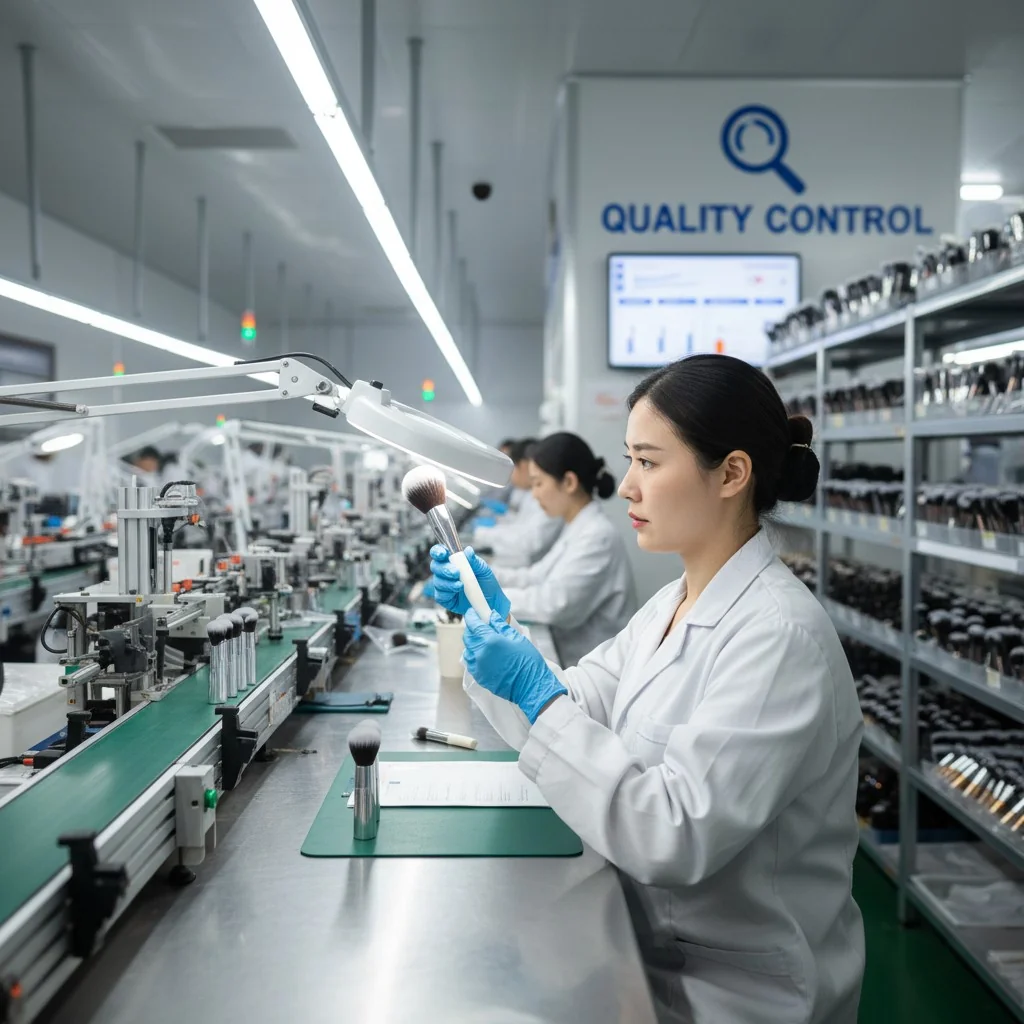
For my clients, a makeup brush isn’t just a tool; it’s a physical representation of their brand. The total cost of ownership6 (TCO) goes far beyond the per-unit price. It includes the cost of returns, negative reviews from a failing product, and the risk to your brand’s reputation. When I source for a brand, I look at it from an engineering and durability standpoint. These are the factors that determine if a brush will delight a customer for years or fail in a few months.
The TCO Checklist for Brand Owners
| Quality Metric | Hourglass (Luxury) | Sigma (Pro-Grade) | Real Techniques (Value) | What to Look For |
|---|---|---|---|---|
| Shed Rate (First Month) | Extremely Low | Very Low | Low | Minimal shedding after initial washes. |
| Ferrule Crimp Strength | High (Double Crimped) | High (Double Crimped) | Good (Single Crimp) | Ferrule is secure, no wiggling. |
| Handle Finish Resistance | High | High | Moderate | Resists damage from alcohol-based brush cleaners. |
| Certifications | Cruelty-Free | Cruelty-Free, Vegan | Cruelty-Free, Vegan | Ask for documentation (ISO, FSC, Cruelty-Free). |
| Warranty / QC | Strong Retailer Policies | 2-Year Warranty | No Formal Warranty | A good supplier stands by their quality. |
Pro-level brands like Sigma justify a higher cost with exceptional durability and warranties. But a value leader like Real Techniques shows that great performance and build quality are achievable at a lower price point, making them a smart model for new brands. The key is balancing cost with these non-negotiable quality signals.
A brush's price is the only factor in its total cost of ownership (TCO).False
TCO also includes potential costs from customer returns, brand reputation damage due to poor quality, and the product's overall lifespan. A cheap brush that fails quickly has a high TCO.
A double-crimped ferrule is a sign of a more durable makeup brush.True
Crimping is the process of securing the metal ferrule to the handle. A double crimp provides a stronger, more secure attachment, reducing the likelihood of the brush head becoming loose over time.
Conclusion
Finding the best brushes means looking at data, understanding the tech, and practicing good care. For brands, it’s about balancing cost with long-term quality and a strong ROI.
References
-
Discover why Hourglass is praised for its foundation brushes, focusing on performance and customer satisfaction. ↩
-
Explore the features that make Sigma brush sets a favorite among makeup artists and enthusiasts. ↩
-
Understand the benefits of synthetic fibers over natural hair in makeup brushes for better performance. ↩
-
Explore how high-density brushes enhance makeup application for a flawless finish. ↩
-
Discover how ferrule strength impacts the durability and performance of makeup brushes. ↩
-
Learn how to evaluate the long-term value of makeup brushes beyond just their purchase price. ↩

